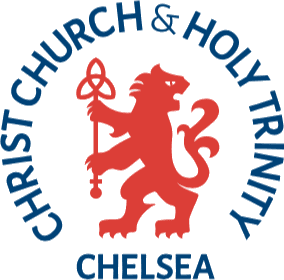Intent:
Reading, is the gateway to pupils learning. To ensure all our pupils are able to access the full curriculum, we therefore place a strong focus on early reading right from the start. Reading is given the highest priority as we recognise that confident, fluent readers will be able to fully enjoy the wider curriculum that we have on offer at Christ Church and Holy Trinity Schools. Our reading provision ensures that most children experience early success, learning basic skills quickly in Reception. Our intention is that all children demonstrate successful decoding skills in the Year 1 phonics check and leave KS1 as confident, fluent readers, able to read a range of texts with accurate comprehension for both information and enjoyment.
Implementation:
In Reception and KS1 we follow the Sound Reading Scheme, a systematic, synthetic phonics approach. Phonics is taught daily, allowing children to have early success at both reading and writing.
Children take part in Guided Reading lessons, at least 3 times per week, where they are exposed to a range of different texts and can demonstrate their understanding and thinking behind these.
Trained volunteer readers and LSA’s support individual children who have been identified as needing additional support and may not receive this at home.
Our teaching of early reading explicitly teaches a range of reading strategies as well as phonics as we know that different children learn to read in different ways.
Children from Reception to Y6 are expected to read daily at home and reading records used to record their engagement and monitored by the class teacher
Children in EYFS and KS1 have their reading folder changed weekly and children in KS2 change their books once they have finished
During reading lessons we develop children’s comprehension and higher order reading skills
We have a print-rich environment.
Reading is an integral part of other lessons across the curriculum
In response to our assessments, we support children who are finding learning to read more challenging or who are not meeting age-related expectations in reading, with various interventions or additional support.
We support reading for pleasure through class books, recommended reads on the weekly newsletter, reading events (World Book Day, author visits), book reviews
Each classroom has a wide selection of books which are directly linked to the class topic. This offers opportunities for pupils to apply their reading skills across the curriculum.
Different cultures are respresented in the texts which are made available to the children and also those which encourage them to ask questions around British Values
Children in key stage 2 who are not yet ‘free readers’, receive intervention using a systematic and structured programme – Dandelion Readers & Word Wasp
Impact:
By the end of KS2 children will be
Working at or above the expected standard in Reading as assessed by end of KS2 assessments
Confident, fluent readers, able to decode and comprehend text in a range of fiction and non-fiction genres
Able to infer meaning from texts, reading between and beyond the lines and discussing authorial intent
Enthusiastic and engaged readers who understand the value of reading for pleasure and are able to choose appropriate reading matter for themselves and make recommendations to others
Able to access the rest of the curriculum though confident use of their reading skills




